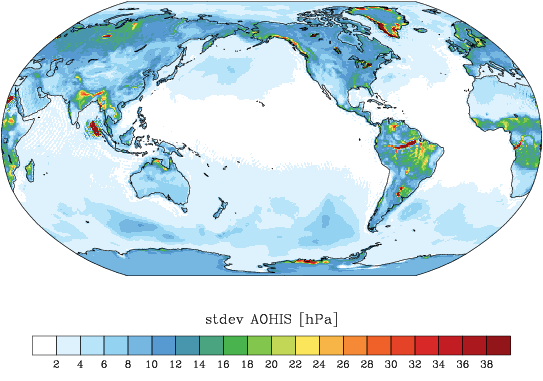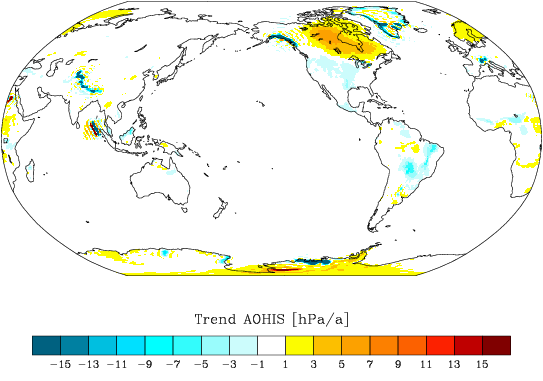Aktualisierung und Verbesserung des ESA Erdsystemmodells

Duration: 01-12-2013 - 30-06-2014
The realistic assessment of candidate constellations for a future satellite gravity mission dedicated to the observation of large-scale mass transport phenomena requires extensive end-to-end simulations: starting from simulated orbits based on a realistic global model of large-scale mass redistributions that cause time-changes in the gravity field all the way down to the retrieval of global gravity field solutions and the application of appropriate post-processing techniques to remove spatially anisotropic errors. Critically important prerequisites for such simulations are (i) a model of the time-variable gravity field of the Earth that contains realistic variability on a wide range of spatial and temporal scales important for satellite gravimetry, and (ii) corresponding background models for the gravity field retrieval process to cope with high-frequency mass variability that otherwise aliases into the time-mean gravity fields. Those background models are to be derived from the source models by augmenting them with realistic errors that are correlated in time and space.


Publications
Dobslaw, H., Bergmann, I., Dill, R., Forootan, E., Klemann, V., Kusche, J., Sasgen, I.(2015): The updated ESA Earth System Model for future gravity mission simulation studies. - Journal of Geodesy, 89, 5, p. 505-513.
Dobslaw, H., Bergmann-Wolf, I., Forootan, E., Dahle, C., Mayer-Gürr, T., Kusche, J., Flechtner, F.(2016): Modeling of present-day atmosphere and ocean non-tidal de-aliasing errors for future gravity mission simulations. - Journal of Geodesy, 90, 5, p. 423-436.
